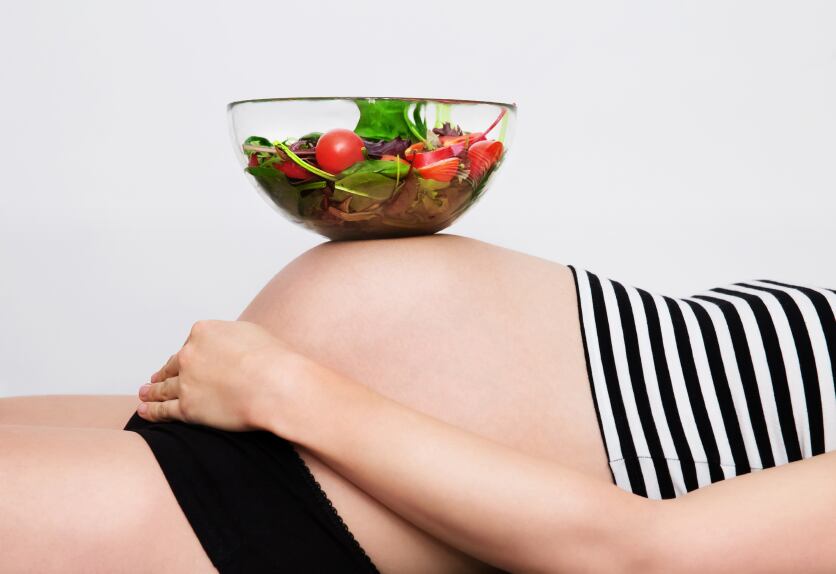The team based at the University of Vienna found mothers chose to deliver via c-section due to an improved diet and nutrition that contributes on average a disproportionately large foetus.
“Since the foetus is one generation ahead of the mother, on average it experiences even better environmental conditions than the mother," said co-author Philipp Mitteröcker, an evolutionary biologist from the University of Vienna.
“The foetus is on average disproportionately large - and thus larger than the optimal dimensions for the maternal birth canal.
“Paradoxically, so much improved environmental conditions can make births more difficult and thus increase the caesarean rate.”
C-section rate ‘puzzling’
Current C-section rate varies across social and demographic groups within most countries, ranging from 1–2% in many sub-Saharan African countries, up to about 50% in Egypt, Turkey or Brazil.
In Europe, incidences range from about 15% in Scandinavia to more than 35% in Portugal, Romania and Italy.
Especially in developing countries, incidences are rising rapidly. Despite global differences in obstetric traditions, healthcare system and nutrition, the research team admit the variation of C-section rate remains puzzling.
"We hypothesised that the environmental change in height over the last few decades has affected a country's current caesarean cut rate," said Dr Mitteröcker.
The underlying mechanism that points to the environmental and nutritional influence on maternal and foetal body dimensions is well documented.
Previous evidence highlights obese mothers’ tendency to give birth to large neonates and thus show an increased risk of foetopelvic disproportion.
High-caloric diet also affects the balance between maternal and foetal metabolism and can lead to increased gestation length with higher risks of post-term delivery and obstetric complications.
Exposed to under-nutrition in childhood and early adulthood, women with a short stature and a narrow pelvic canal, who migrated to the US and then adopted a high-caloric diet during pregnancy, led to large newborns and high risks of obstructed labour owing to foetopelvic disproportion.
Study details
Together with the University of Vienna’s Dr Eva Zaffarini, the team began looking at worldwide data on national C-section rates and changes of adult body height from the birth years 1896 to 1996.
The C-section rates comprised of estimates from 2005 to 2017. Here, women who gave birth within this period were born between the 1970s and the 1990s, thus the team restricted their estimation of body height change to the 25-year birth interval from 1971 to 1996.
C-section rate was calculated as the total number of caesarean deliveries divided by the total number of live births.
The team also collated data on national obesity and diabetes rates as well as the mean age of the mother at first birth, which are all known to affect labour outcome at an individual level.
Average female body height in 1996 (as opposed to intergenerational height change) was also used as a further covariate.
Results indicated that environmental changes had a strong effect with the average increase in body size of one millimetre per year increasing the caesarean section on average by about 10%.
The increase in body size was typical in many countries during the 19th and 20th centuries and still occurs in many emerging countries.
WHO ‘ideal rate’
The team thought that this not only explained some of the increase in caesarean sections in many countries, but also called into question the World Health Organization (WHO) proposal for a global "ideal rate". "
“The WHO has suggested an ‘ideal rate for caesarean sections to be between 10% and 15%,'” the study stated.
“Our results call for a more differentiated view. The actual difficulty of labour—and thus the risks of birth-related morbidity and obstructed labour—may differ more considerably across geographical and social groups than anticipated.
“We encourage a paradigm shift, away from purely cultural explanations of C-section rates, towards a combined biocultural perspective,” the study concluded.
“In response to sociocultural transition and altered selective regimes, human anatomy and physiology have been changing at variable rates and directions around the globe.”
Source: Proceedings of the Royal Society B
Published online: doi.org/10.1098/rspb.2018.2425
“Secular changes in body height predict global rates of caesarean section.”
Authors: Eva Zaffarini and Philipp Mitteroecker




